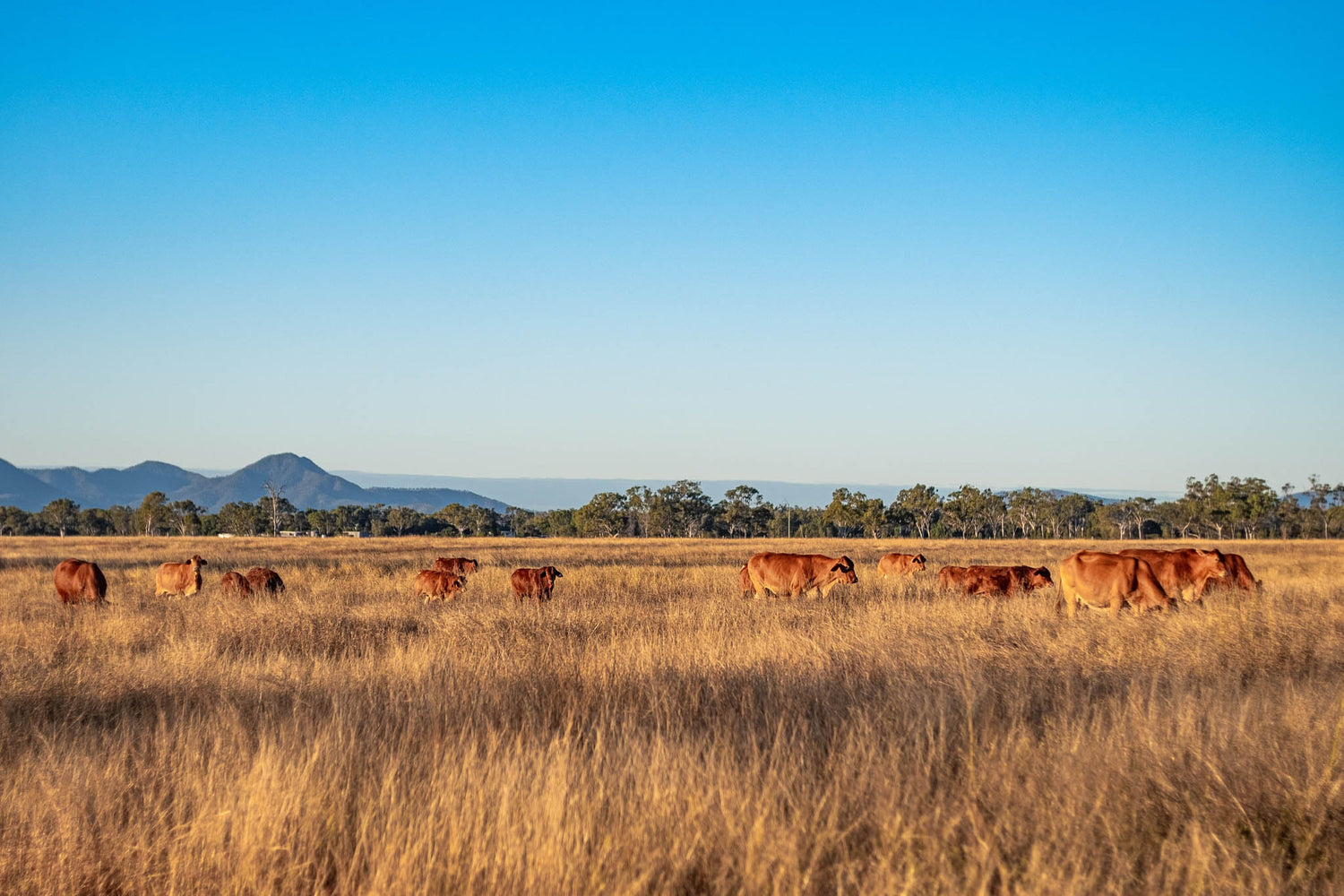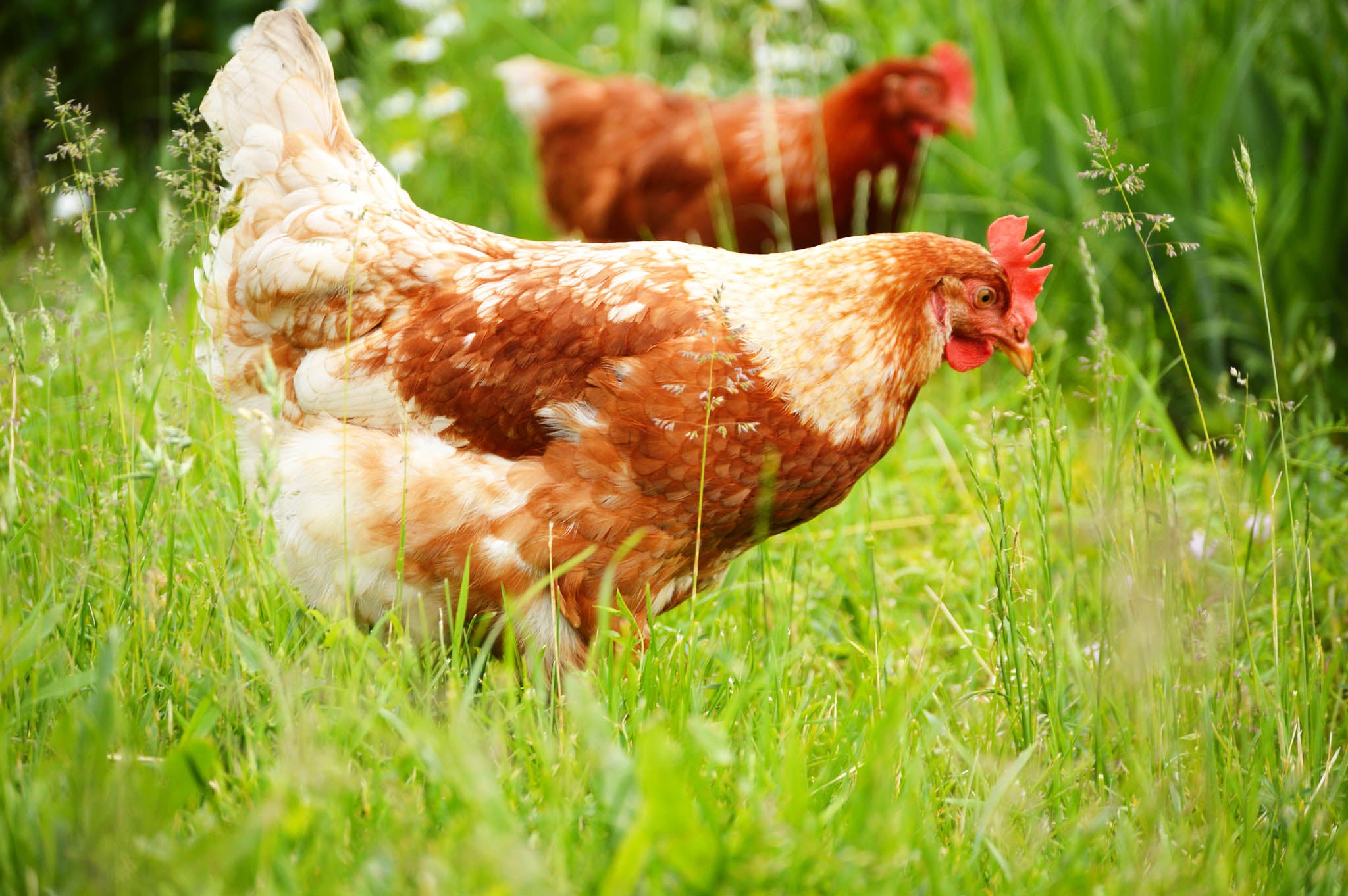Australia has a rich agricultural landscape, and one of its primary pillars is the cattle industry. Known for its vast open spaces and lush grazing lands, Australia has long been associated with cattle farming. In this article, we will delve into the current state of the Australian cattle industry, exploring the number of cows in the country and identifying the region with the most significant bovine population.
The Australian Cattle Population
In September 2021, Australia was home to one of the largest cattle populations globally. The number of cows in the country fluctuated due to various factors such as weather conditions, market demand, and government policies. The cattle population stood at approximately 28 million, including both beef and dairy cows.
It is essential to note that cattle numbers can change significantly over time, and precise up-to-date figures might vary. To obtain the most current data on the Australian cattle population, it is recommended to refer to official sources such as the Australian Bureau of Statistics or the Australian Cattle Council.
The Place with the Most Cows in Australia
Among the various regions in Australia that contribute to the cattle industry, Queensland has traditionally held the reputation of being the "cattle country." Situated in the northeastern part of the country, Queensland's vast expanse of fertile land, favorable climate, and abundant water sources make it an ideal region for cattle farming.
As of 2021, Queensland had the most significant number of cows compared to any other state or territory in Australia. It was home to a substantial portion of the national cattle herd, both for beef and dairy production. The extensive cattle stations and grazing properties that dot the Queensland landscape contribute significantly to the state's reputation as a cattle hub.
The Importance of Cattle Farming in Australia
-
Economic Significance: Cattle farming plays a crucial role in the Australian economy. The country is one of the largest beef exporters globally, and beef production contributes substantially to its agricultural exports. The beef industry alone generates billions of dollars in export revenue each year, providing a significant boost to the national economy.
-
Employment Opportunities: The cattle industry supports a vast network of employment opportunities, directly and indirectly. From farmers and stockmen to veterinarians, transporters, and meat processors, numerous individuals and communities rely on the cattle sector for their livelihoods.
-
Regional Development: Cattle farming is a driving force behind regional development, especially in remote and rural areas. Many cattle properties are located in regional and outback locations, where they form the backbone of local economies and social communities.
-
Sustainable Land Management: Managed grazing through rotational systems can promote sustainable land management practices. Grazing can help control weed growth, manage fire risks, and promote biodiversity, contributing to the overall health of Australia's diverse ecosystems.
Challenges Faced by the Australian Cattle Industry
While the Australian cattle industry is robust, it faces several challenges that require continuous attention and innovative solutions.
-
Climate Variability: Australia's climate is characterised by extreme variability, with droughts and floods being recurrent challenges. These weather patterns can significantly impact pasture availability, water resources, and overall livestock health.
-
Market Volatility: The global beef market is subject to fluctuations in demand, supply, and prices. Changes in international trade agreements, geopolitical factors, and consumer preferences can influence the export prospects for Australian beef.
-
Biosecurity Concerns: Biosecurity is a critical aspect of cattle farming to prevent the spread of diseases and pests. With increased global movement of people and goods, there is a constant need for vigilance to safeguard Australia's cattle from potential threats.
-
Land Degradation: Overgrazing and improper land management practices can lead to land degradation and loss of soil fertility. Sustainable land use strategies are vital to preserve the productivity and health of grazing lands.
The Australian cattle industry holds immense significance for the country's economy, culture, and regional development. With millions of cows contributing to both beef and dairy production, cattle farming remains an integral part of Australia's agricultural landscape. Queensland stands out as the primary region with the most significant number of cows, playing a crucial role in meeting domestic and global demand for beef.




